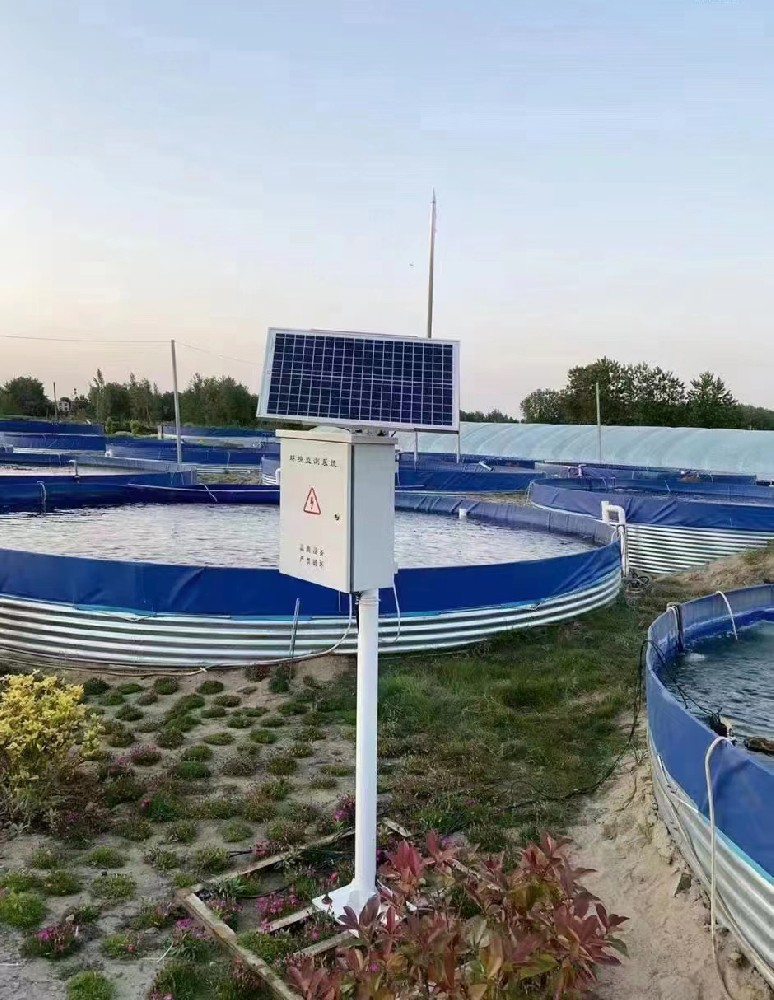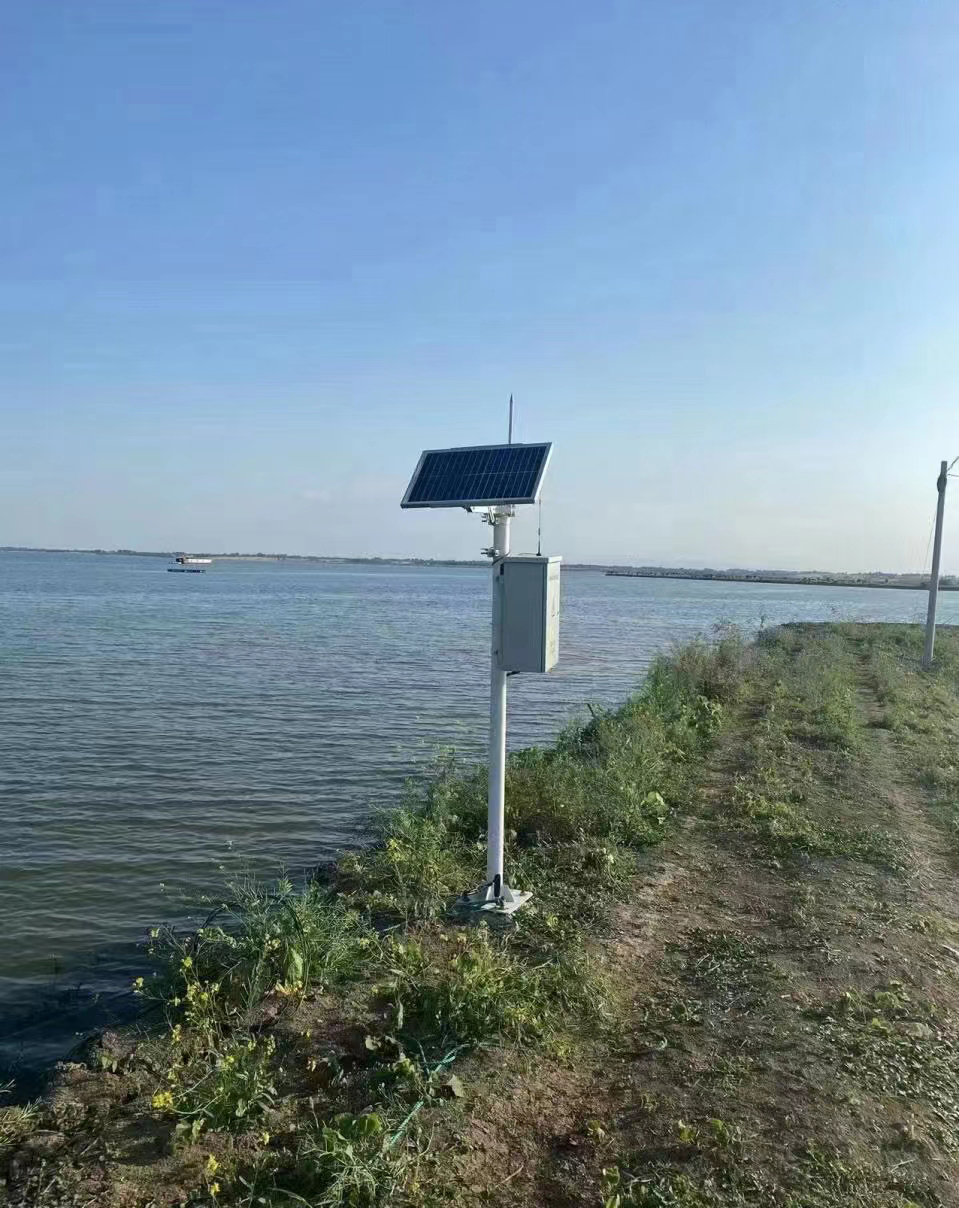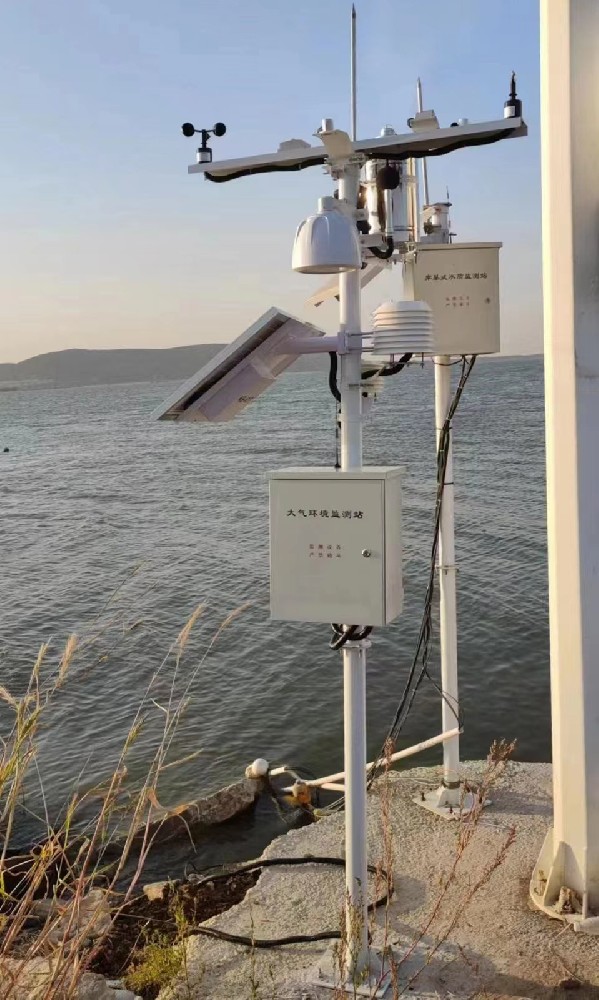

— Blogs —
—Products—
 Consumer hotline +8618073152920
Consumer hotline +8618073152920 WhatsApp:+8615367865107
Address:Room 102, District D, Houhu Industrial Park, Yuelu District, Changsha City, Hunan Province, China
Product knowledge
Time:2025-10-11 14:03:13 Popularity:620
The aquaculture industry, particularly high-density intensive farming, faces enormous risk challenges—sudden water quality changes. Water bodies are the sole living environment for aquatic organisms, and any drastic changes in key indicators can trigger oxygen deficiency, poisoning, or disease outbreaks, leading to catastrophic losses like "overnight pond clearance." IoT water quality and environmental sensors are the key defense line for safeguarding the safety of the "blue granary."
Traditional farming management relies on manual sampling and reagent testing, which is time-consuming, labor-intensive, and prone to significant time lags. IoT sensors enable 24/7 all-weather, real-time, and continuous data monitoring.
Water quality sensors deployed in farming ponds or cages transmit a series of parameters crucial to aquatic organisms in real-time:
Dissolved Oxygen (DO): The "lifeline" for fish and shrimp. Our high-precision DO sensors can instantly detect subtle declines in oxygen concentration, automatically linking with intelligent aeration equipment to ensure DO remains above safe thresholds (5 mg/L or higher).
Ammonia Nitrogen and Nitrite: Highly toxic substances produced by waste accumulation. Ion-selective electrode sensors monitor in real-time, issuing red alerts immediately upon exceedance, guiding farmers to take water exchange or biological control measures.
pH Value and Water Temperature: Affecting biological metabolism, feed absorption, and immune systems. Precise water temperature data also guides feeding strategies to avoid residual bait pollution.
Conductivity (EC) and Salinity: Particularly important for seawater farming, assessing ion balance and osmotic pressure in the water body.
Real-Time Monitoring + Dynamic Warnings = Farming Safety "Safety Belt"
| Layer | Function | Technical Implementation |
| Perception Layer | Collect water quality parameters (DO, pH, ammonia nitrogen, temperature, EC, etc.) | Industrial-grade sensor modules |
| Transmission Layer | Real-time data upload to the cloud | 4G / MQTT / Modbus / LoRa communication |
| Platform Layer | Data analysis, threshold alarms, AI predictions | Cloud-based big data system |
| Execution Layer | Linkage control of aerators, feeders, water pumps, etc. | Automated control and remote instructions |
Practical Application Case: How Water Quality Warning Systems Save Million-Yuan Investments
The application value of IoT water quality sensors is most directly demonstrated in sudden events.
Case Analysis: Avoiding Overnight "Pond Flop" Risks
During a hot summer night, a high-density shrimp farm experienced a combined effect of algal respiration oxygen consumption and sudden atmospheric pressure drop, causing dissolved oxygen levels in the water body to plummet starting at 3 a.m.:
1. Sensor Alarm: Our DO sensor issued a low-level warning when DO dropped to 5.5 mg/L; upon reaching 4.5 mg/L, it immediately triggered a high-level warning and remotely activated all backup aerators.
2. Data Intervention: The farmer confirmed the aerator status via the remote platform within 10 minutes of receiving the mobile alert, avoiding delays in on-site personnel arrival.
3. Results: This timely intervention that night successfully prevented shrimp surfacing and mortality due to oxygen deficiency, saving aquatic products worth nearly one million RMB.

Water quality sensor systems are key technologies for achieving sustainable development in aquaculture.
1. Feed Optimization: Combined with water temperature, DO, and biomass estimation data, the system optimizes feeding amounts and frequencies for automatic feeders, improving feed conversion ratio (FCR) and saving feed costs.
2. Disease Prevention: A stable water environment is the best means to prevent disease outbreaks. By eliminating water quality stress, it greatly reduces stress responses and morbidity in aquatic organisms, decreasing the use of antibiotics and other drugs.
3. Resource Savings and Environmental Protection: Intelligent water exchange and aeration strategies reduce energy and freshwater waste, lower pollution loads, and achieve sustainable operations.
4. Green Certification: Adopting water quality sensor systems provides a complete environmental monitoring data chain, helping farms obtain higher-standard green and organic food certifications.

Niubol provides a full set of industrial-grade water quality and environmental monitoring systems, suitable for:
- Shrimp farms
- Freshwater fish farming such as tilapia and bass
- Seawater cage farming
- Industrial recirculating water and RAS systems
✅ High-precision sensors with strong anti-biofouling capabilities
✅ Supports automatic calibration and self-cleaning (ultrasonic algae removal)
✅ LoRa/4G wireless transmission, remote monitoring
✅ Open interfaces (Modbus/MQTT/HTTP) compatible with mainstream devices
Niubol not only provides hardware but also a complete "smart fisheries ecosystem" solution.
Niubol provides highly integrated, interference-resistant industrial-grade water quality sensors to help your farm transition from experiential fishing to smart fisheries.
Contact Us Now: Reach out to our aquaculture experts to customize your exclusive smart fisheries water quality monitoring solution.

A: Our core sensor modules (such as DO, pH, and temperature) are universal. For saltwater farming (such as sea shrimp and sea fish), we configure electrodes and protective covers with high salinity tolerance, as well as conductivity/salinity sensors tailored to seawater characteristics, to ensure data accuracy.
A: Although our sensors feature self-cleaning functions (such as ultrasonic algae removal), for maximum precision, we recommend users perform simple surface wiping weekly and professional calibration every 3–6 months depending on the sensor type (such as ion electrodes). The system provides intelligent calibration reminders.
A: Absolutely. Our IoT platform features open interfaces and protocols (such as Modbus, 4G/LoRaWAN), allowing seamless connection and control of most mainstream aerators, feeders, and water pumps on the market, achieving true automation and remote control.
Prev:How Precision Weather Data Helps Reduce Pesticide Use
Next:Case Study: Greenhouse Tomato Production with Soil Sensors
Related recommendations
Sensors & Weather Stations Catalog
Agriculture Sensors and Weather Stations Catalog-NiuBoL.pdf
Weather Stations Catalog-NiuBoL.pdf
Related products
 Combined air temperature and relative humidity sensor
Combined air temperature and relative humidity sensor Soil Moisture Temperature sensor for irrigation
Soil Moisture Temperature sensor for irrigation Soil pH sensor RS485 soil Testing instrument soil ph meter for agriculture
Soil pH sensor RS485 soil Testing instrument soil ph meter for agriculture Wind Speed sensor Output Modbus/RS485/Analog/0-5V/4-20mA
Wind Speed sensor Output Modbus/RS485/Analog/0-5V/4-20mA Tipping bucket rain gauge for weather monitoring auto rainfall sensor RS485/Outdoor/stainless steel
Tipping bucket rain gauge for weather monitoring auto rainfall sensor RS485/Outdoor/stainless steel Pyranometer Solar Radiation Sensor 4-20mA/RS485
Pyranometer Solar Radiation Sensor 4-20mA/RS485
Screenshot, WhatsApp to identify the QR code
WhatsApp number:+8615367865107
(Click on WhatsApp to copy and add friends)
